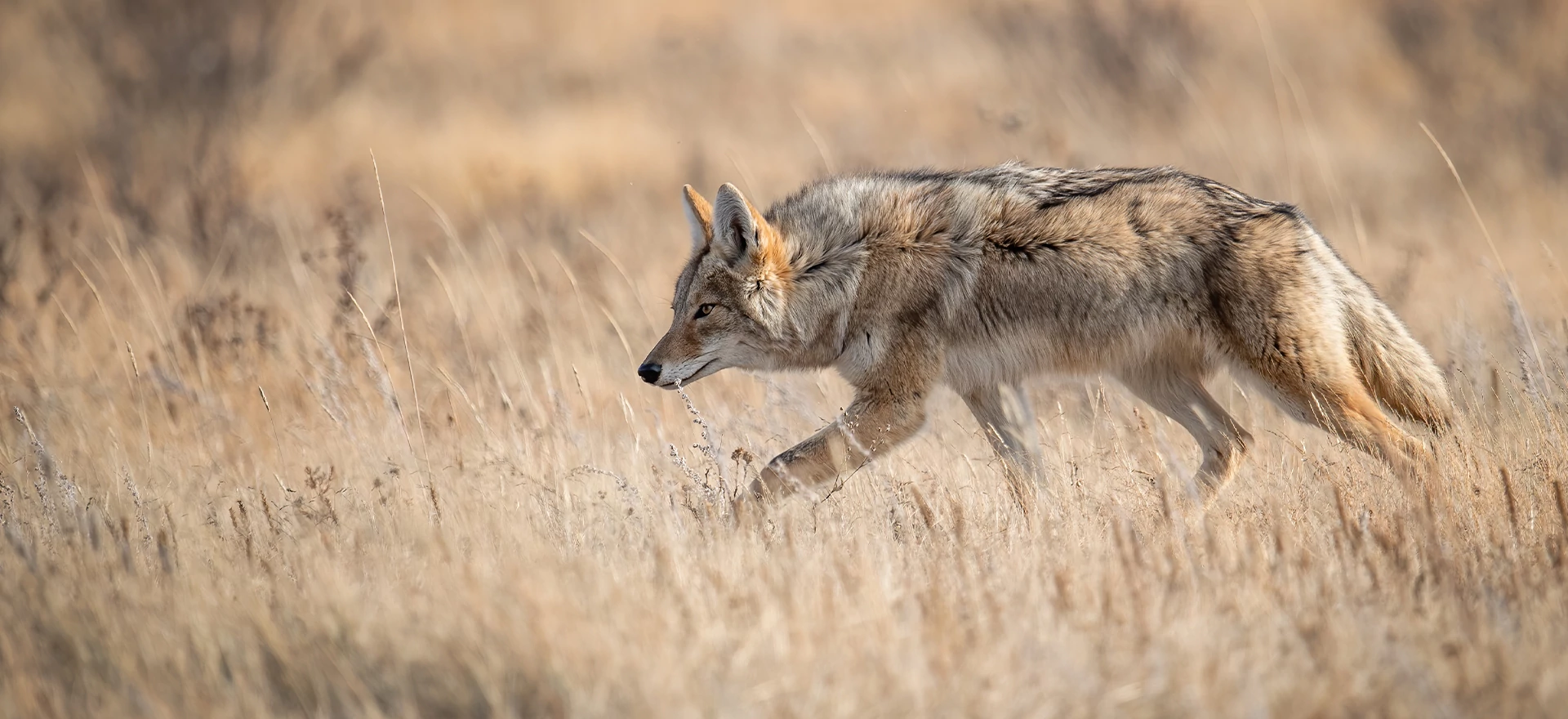
4 myths about the 22 creedmoor shot down
While the 22 Creedmoor has been a popular topic of discussion in the predator hunting world for many years, it’s just now becoming more mainstream. At Horizon Firearms, we built our first 22 Creedmoor back in mid-2014. We’ve seen the interest in this wildcat caliber grow every year since. If you type “22 Creedmoor” into your search bar you’ll get a lot of links to predator hunting forums with pages and pages of opinions to sift through. You’ll also get photos of 22 Creeds that lead back to Horizon’s website. But truth be told, there’s not a ton of great information out there about the 22 Creedmoor, despite its growing popularity.
When information is missing, or non-existent, people – no matter how pure their intentions – can muddy the waters with mis-information. Over the years, we’ve seen a pattern in the common misconceptions about the 22 Creedmoor. We’re here to help set the record straight.
Myth #1: The 22 Creedmoor is only for predators.
It’s true that this caliber gained popularity in the predator hunting world. When you’re shooting something the size of a 2-liter Coke bottle turned on its side, you want something that shoots fast and flat. We get texts, emails, and harvest photos all the time of happy customers with stories of shooting deer and antelope with their 22 Creed. Taking advantage of the fast speed and low wind-drift caliber for thin-skinned, light-boned animals just makes the 22 Creedmoor that much more versatile.
Myth #2: The 22 Creedmoor is hard to reload for.
One of the downfalls of the 22 Creedmoor is that you can’t buy factory ammo for it. When people hear it’s a wildcat cartridge they shy away. Yes, the 22 Creedmoor round is made from a necked down version of the 6mm Creedmoor, but the process to step down the brass is easier than most people realize. First thing you’ll need to buy a 22 Creedmoor resizing die or bushing die set. You run your standard 6mm brass through the resizing die or bushing die set and you have 22 creedmoor brass. Then you reload as normal.
Myth #3: It’s hard to find brass.
Up until this year it was a little difficult to find 6 mm brass if you were not creating it from 6.5 Creedmoor brass. However, it’s worth pointing out that just this year Hornady has announced that they will be manufacturing 6mm ammo as loaded ammunition. That will only increase the availability of 6mm brass to convert to 22 Creedmoor brass. Soon enough, there will be other ammo manufacturers following suit.
Myth #4: Compared to the 220 Swift, it’s just not that fast.
That’s technically true when comparing the muzzle velocity of the two rounds, it’s not just the speed you need to be looking at. It’s all about looking at speed and BC together. Running a fast twist barrel, the 22 Creed will stabilize heavier bullets at very fast speeds. Imagine you were shooting a 220 Swift with a 50 grain bullet at 3,900 fps and a 22 Creedmoor with a 75 grain bullet at 3,500 fps. Because of the BC of the 75 grain bullet (BC: .435) compared to the 50 grain bullet (BC: .238), the 22 Creedmoor will pass the 220 Swift at 350 yards and at 500 yards will have 10 inches less of wind drift!
For more information on this caliber, check out our infographic. The rifle gallery on the Horizon Firearms website some of the custom 22 Creedmoors we’ve built over the years.
Got any questions about the 22 Creedmoor? Let us know in the comments!